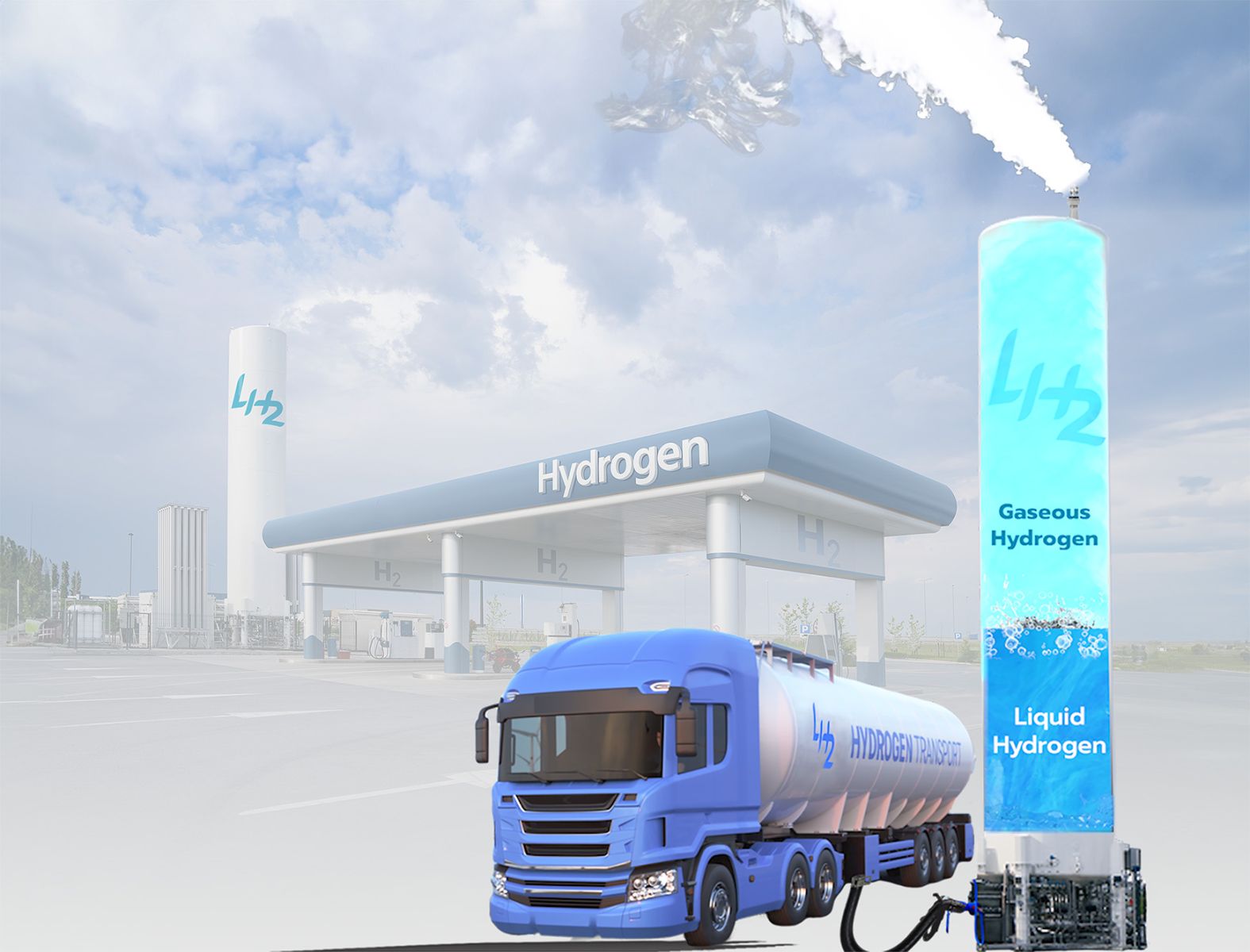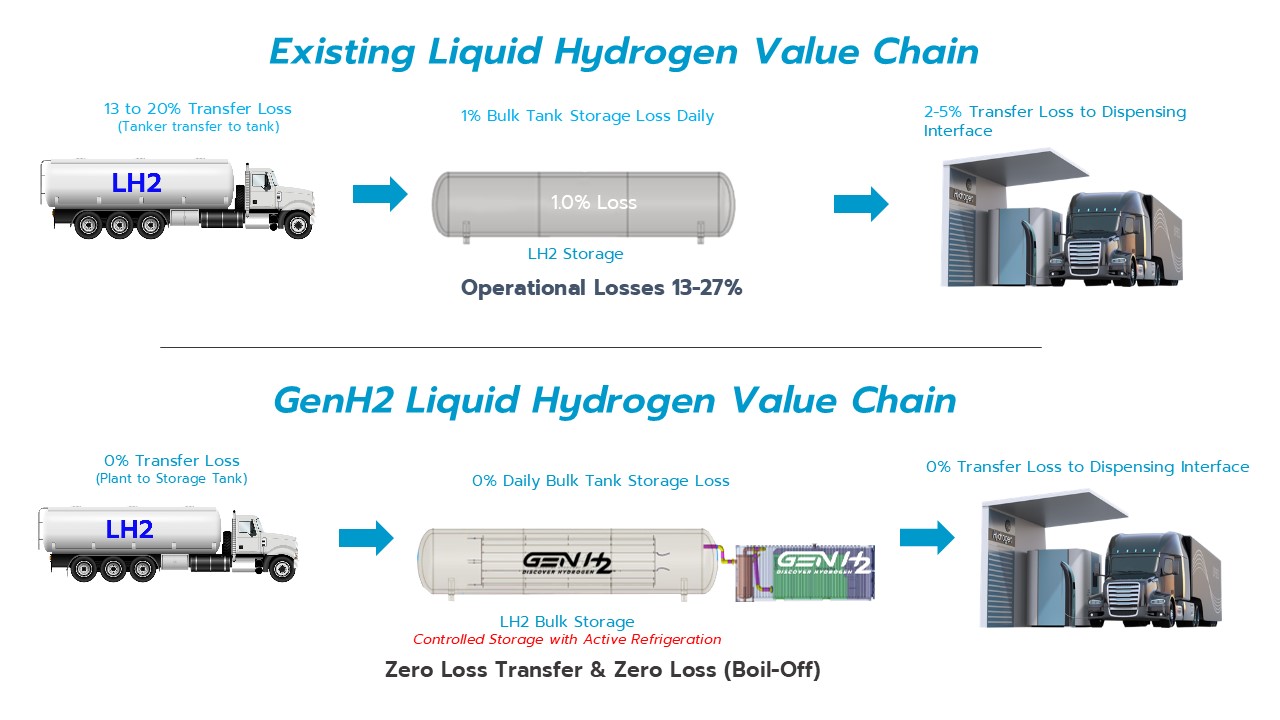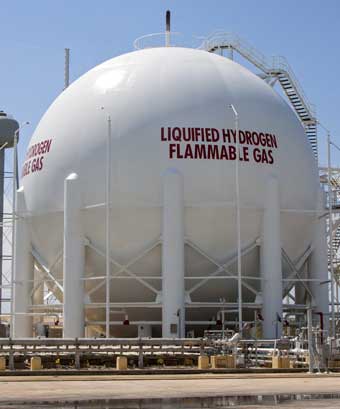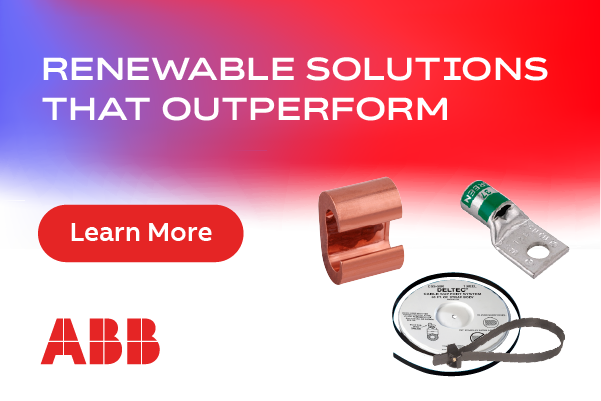The Ultimate Renewable Battery: Controlled liquid hydrogen storage
As the world rapidly electrifies, the demand for clean, scalable, and cost-effective energy storage is skyrocketing. While renewable energy sources like solar and wind offer an abundant and sustainable supply of power, much of their potential remains untapped due to one major challenge: storage. The inability to store and distribute renewable energy efficiently results in enormous daily losses. The good news is that this problem has a solution: controlled liquid hydrogen (LH₂) storage.

Why hydrogen?
Hydrogen, especially in its liquid form, is a game-changer for clean energy. With a specific energy density of 142 MJ/kg, nearly three times that of gasoline, it far surpasses lithium-ion batteries (at 0.7 MJ/kg) in terms of energy capacity per unit weight. This makes hydrogen ideal for high-power and long-duration applications, such as aviation, shipping, and heavy trucking.
As we know, wind and solar are excellent renewable sources, but they are intermittent and depend on weather conditions. Consequently, these renewable sources cannot provide power during ‘offline’ times, making them inconsistent power sources.
However, wind and solar energy can generate hydrogen through electrolysis. When hydrogen is produced and stored indefinitely — with zero loss — it can be used to power fuel cells when there is no wind or sun. That is why hydrogen, as an energy carrier, can be stored in LH2 tanks as the ultimate battery for renewable energy.
Furthermore, unlike lithium-ion batteries, which are ideal for short bursts of power, hydrogen fuel cells can operate continuously. In fact, hydrogen was a crucial component of the space program in the 1950s and 1960s, enabling extended space missions. Today, liquid hydrogen continues to be used for space missions. Now, the same technology is being adapted for use in heavy-duty trucks, aircraft, and ships.
Hydrogen provides the highest energy density; however, addressing storage losses is essential for hydrogen to realize its full potential as a renewable energy carrier.
Solving the challenge of hydrogen storage
Cryogenic storage of liquid hydrogen presents unique technical hurdles. LH₂ must be kept at -253°C (20 K) and, despite best insulation practices, boiloff is common. When hydrogen evaporates from storage tanks, it is typically vented, resulting in both economic losses and environmental impacts.
In real-world operations, particularly in North American municipal mass transit systems, transfer losses have been reported as high as 40 percent. These inefficiencies undermine the cost-effectiveness and sustainability of hydrogen as an energy solution.

The breakthrough: Controlled LH₂ storage
NASA's Kennedy Space Center, in partnership with the National Institute of Standards and Technology (NIST), has led groundbreaking research into solving the hydrogen storage issue. Encouraging findings from the Ground Operation Demonstration Unit (GODU-LH₂) for Liquid Hydrogen Project in 2017 have demonstrated that utilizing controlled LH₂ storage with active cryogenic refrigeration can virtually eliminate boil-off and venting losses.
Controlled storage involves tightly managing the temperature, pressure, and condensation within hydrogen tanks. By utilizing active refrigeration to remove heat from inside the bulk storage tank, the system maintains hydrogen in a stable, dense, and ready-to-use state. This not only prevents evaporation, but allows nearly 100 percent of the hydrogen to be dispensed, transforming LH₂ into a practical and cost-efficient source of renewable energy.
 Key advantages of controlled storage
Key advantages of controlled storage
- Zero boiloff = Zero waste
Active refrigeration maintains internal conditions, preventing hydrogen loss during storage and transfer. - Compact, high-density storage
Liquid hydrogen packs more energy into a smaller space, significantly reducing transport costs and storage footprint. - Operational safety and flexibility
Stable tank pressure and temperature ensure safer operations, easier compliance with regulations, and improved logistics. - Environmentally responsible
Eliminating vented hydrogen reduces emissions and helps achieve climate targets. - Full tanker offloading with no loss
Controlled conditions allow for efficient, zero-loss transfer from storage to transport or end-use systems.
Enabling the hydrogen economy
Controlled liquid hydrogen storage is crucial for scaling up the hydrogen economy, particularly for sectors that cannot be easily electrified such as maritime shipping, industrial manufacturing, and long-haul trucking.
By making hydrogen more viable for transport and storage, the controlled LH2 storage technology supports the broader objective of eliminating or significantly reducing fossil fuel emissions by the first half of this century. As renewables expand globally, controlled hydrogen storage provides the backbone for converting intermittent solar and wind power into a steady and reliable energy carrier.
The future: Renewable energy without waste
Every day, significant amounts of energy are wasted due to inadequate storage. Controlled liquid hydrogen storage technology finally provides a way to capture, store, and transport this energy efficiently and without emissions. It bridges the gap between renewable energy supply and real-world energy demand.
By preserving hydrogen and storing its energy, this breakthrough delivers financial, operational, and environmental benefits. It doesn't just store energy — it stores opportunity.
Greg Gosnell is CEO of GenH2, a technology leader in hydrogen infrastructure technology for advanced clean energy. The company’s infrastructure solutions for the liquid hydrogen value chain focus on liquefaction, storage, and transfer to accelerate widescale rollout for advanced clean energy.
GenH2 | genh2hydrogen.com
Author: Greg Gosnell
Volume: 2025 July/August








